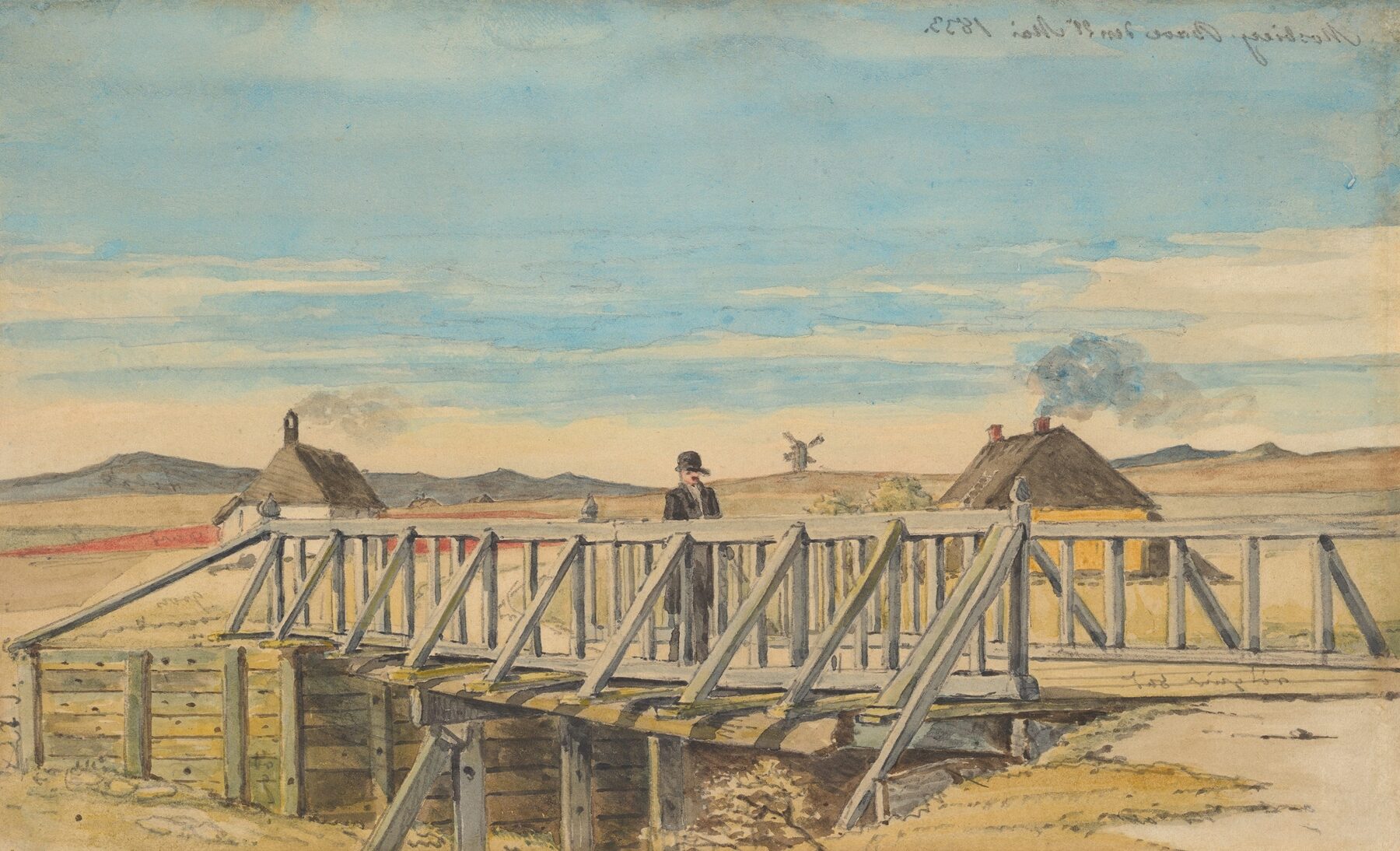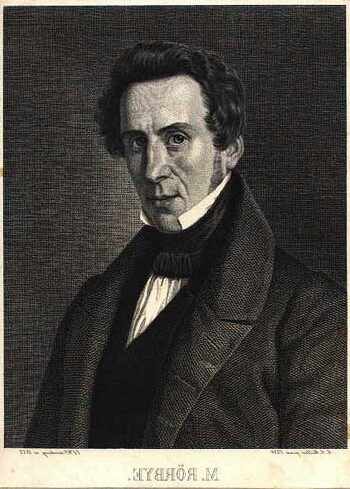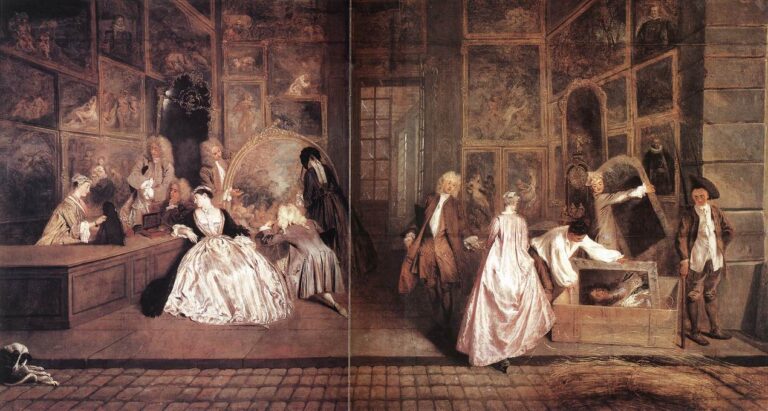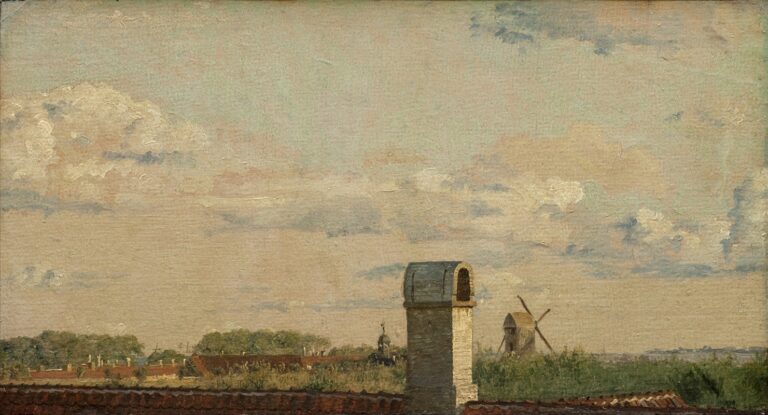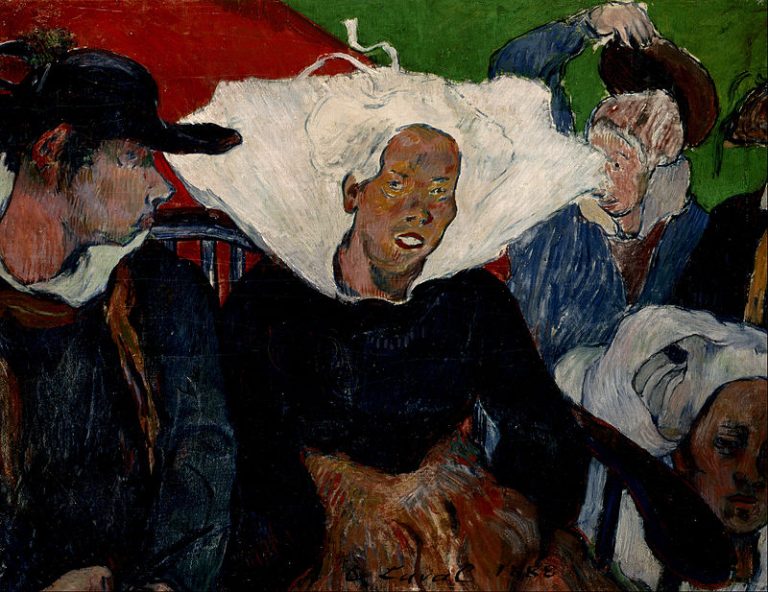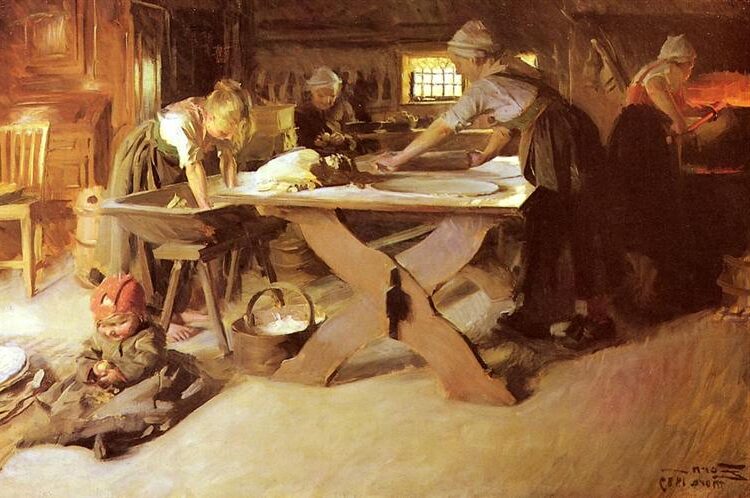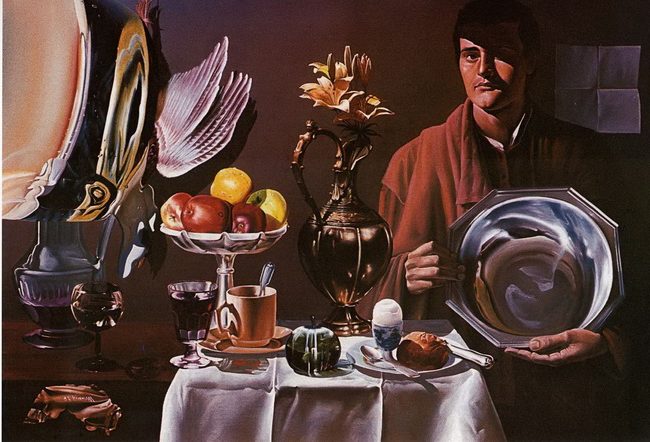Martinus Rørbye: Painter of Danish Golden Age Landscapes and Mediterranean Scenes
Born: 17 May 1803, Drammen, Norway
Death: 29 August 1848, Copenhagen, Denmark
Art Movement: Danish Golden Age
Nationalité : Danois
Teachers: Christian August Lorentzen and Christoffer Wilhelm Eckersberg
Institution: Royal Danish Academy of Fine Arts
Martinus Rørbye: Painter of Danish Golden Age Landscapes and Mediterranean Scenes
Life and Career of Martinus Rørbye
Martinus Christian Wesseltoft Rørbye established himself as a central figure during the Golden Age of Danish painting. His journey from student to master spanned decades. His work reflected both European artistic traditions and exotic influences from his travels.
Petite enfance et éducation
Born on May 17, 1803, in Drammen, Norway, Rørbye moved to Copenhagen at the age of 12. This relocation proved crucial for his artistic development.
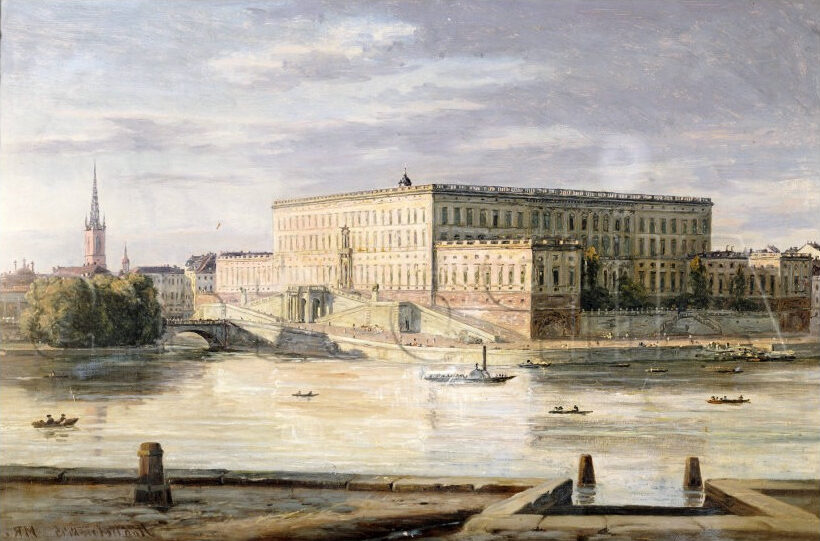
Stockholm Palace, 1848, by Martinus Rørbye
In 1820, he began his formal education at the Royal Danish Academy of Fine Arts in Copenhagen.
At the Academy, Rørbye studied under prominent artists including Christian August Lorentzen. Later, the influential painter Christoffer Wilhelm Eckersberg became his teacher, greatly shaping Rørbye’s artistic style and approach.
Despite his talent and dedication, Rørbye faced challenges in his academic career. He repeatedly attempted to win the Academy’s major Gold Medal but was unsuccessful. This setback, however, did not diminish his artistic growth or ambition.
Influential Encounters
Rørbye’s artistic development was shaped by his extensive travels throughout Europe and the Mediterranean. These journeys exposed him to diverse cultures and artistic traditions that profoundly influenced his work.
During his travels, he encountered works by renowned European artists like Caspar David Friedrich and Horace Vernet. These encounters broadened his artistic vision and enriched his painting technique.
In Turkey, rather than focusing on landscapes, Rørbye devoted himself to sketching people and architecture. This approach reflected his fascination with exotic subjects and cultural diversity.
His sketchbooks from these travels served as valuable resources for later studio works. They contained detailed observations of daily life, architecture, and costumes from different regions.
Notable Achievements
Rørbye gained recognition for his exceptional skill in both peintures de genre and landscapes. His works were characterized by precise detail, careful composition, and an exceptional ability to capture light and atmosphere.
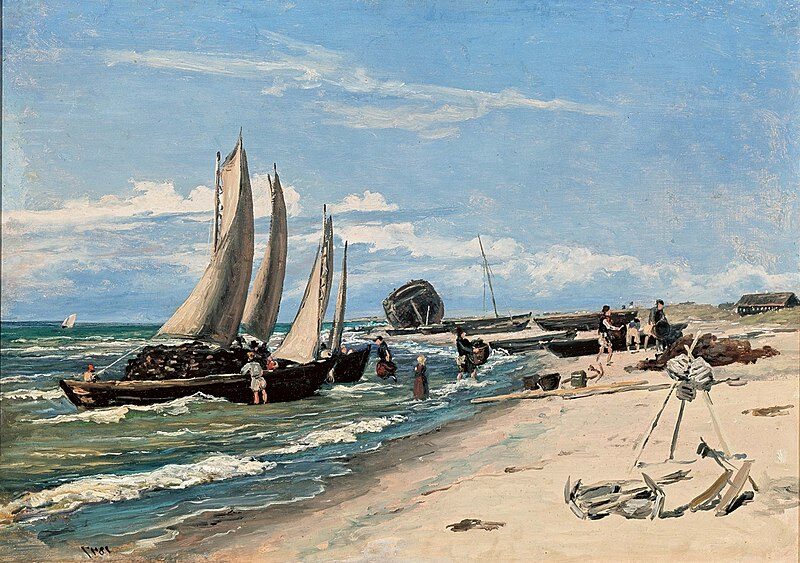
Stranden ved Skagen Vesterby, 1847, by Martinus Rørbye
He exhibited regularly at Charlottenborg, the exhibition space of the Royal Danish Academy. These exhibitions helped establish his reputation as a significant Danish painter of his era.
Though he never attained the position of Professor at the Academy, Rørbye’s influence on Danish art was substantial. His paintings bridged classical traditions with realistic observation, embodying the ideals of the Danish Golden Age.
His legacy includes numerous masterpieces depicting both Nordic scenes and Mediterranean landscapes. These works demonstrate his versatility and technical mastery across different subjects and styles.
Style artistique et œuvres majeures
Martinus Rørbye developed a distinctive artistic style characterized by meticulous attention to detail and accurate representation of his subjects. His work spanned from portraits to architectural paintings, with a special focus on exotic scenes from his travels.
Développement du style artistique
Rørbye’s artistic approach was heavily influenced by his teacher C.W. Eckersberg, adopting a factual and precise style typical of the Danish Golden Age. Like his mentor, he specialized in genre pieces and architectural subjects, bringing a documentary-like quality to his paintings.

Ingangen til præstegården ved Hillested, 1844, by Martinus Rørbye
His early works featured Danish domestic scenes and landscapes, painted with careful attention to light and composition.
After receiving a travel scholarship in the 1830s, his style evolved to incorporate more diverse subjects and settings.
Rørbye’s technique combined academic precision with a remarkable ability to capture atmosphere. He used clear lines and careful composition, often incorporating figures to give scale and life to his scenes.
Iconic Artworks
“View from the Artist’s Window” (1825) stands as one of Rørbye’s most intimate works, showcasing his talent for detailed interiors and the play of light. The painting demonstrates his skill in depicting everyday scenes with warmth and precision.
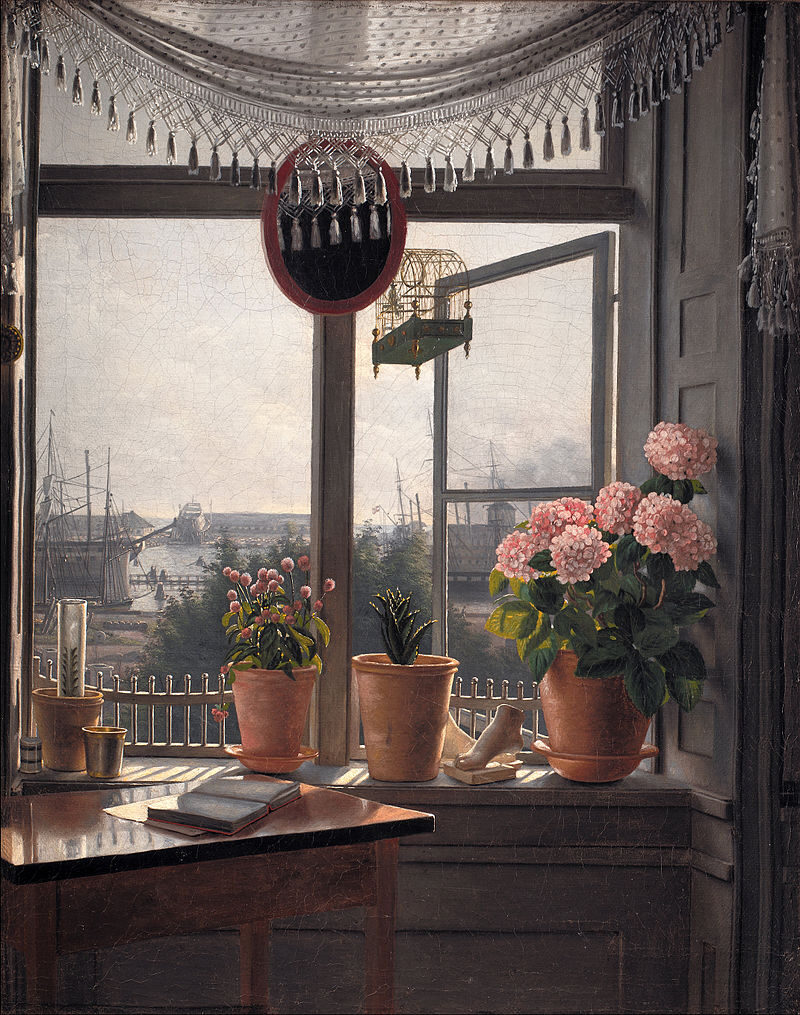
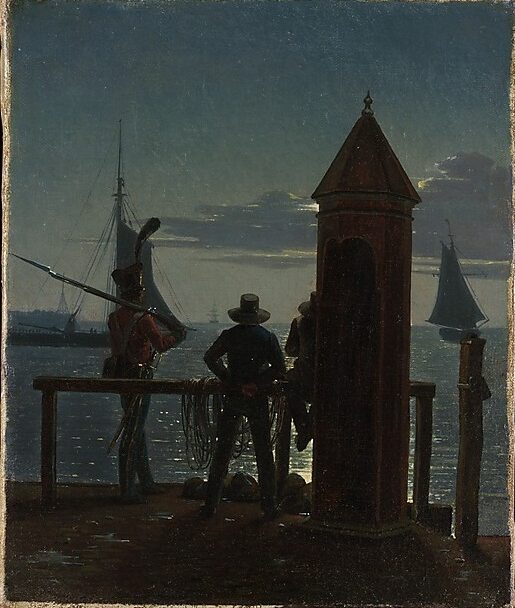
During his travels to Turkey, Rørbye created “Scene from Constantinople” (1837), capturing the exotic architecture and daily life of the city. This work exemplifies his fascination with foreign cultures and his ability to portray them authentically.
His portraits reveal a keen eye for character and setting. Rørbye often depicted people within their natural environments, adding depth and context to his character studies.
Italian Subjects and Landscapes
Rørbye’s journey through Italy significantly expanded his artistic repertoire. The Mediterranean light and architecture classique provided new inspiration for his work. His Italian landscapes capture the warm southern light with remarkable sensitivity.
Unlike many contemporaries who focused primarily on grand vistas, Rørbye often included local people and activities in his Italian scenes. This approach brought his landscapes to life, showing both the beauty of the place and its human dimension.
His architectural studies from this period demonstrate exceptional technical skill. Rørbye carefully rendered ancient ruins and Renaissance buildings with both accuracy and poetic feeling, establishing himself as a master of architectural painting.
Legacy and Modern Reception
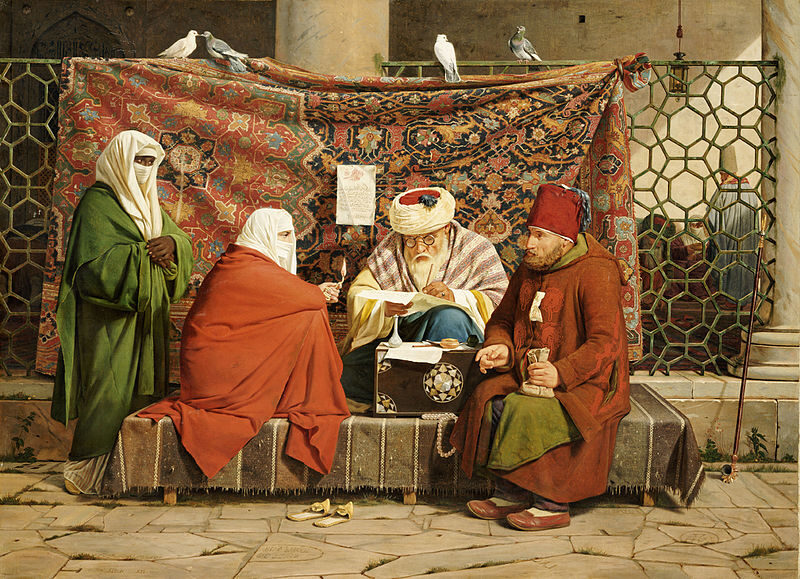
A Turkish Notary Drawing Up a Marriage Contract, 1837
Martinus Rørbye’s influence continues to resonate in the art world today through both traditional reproductions and innovative technological presentations. His detailed landscapes and genre scenes from the Golden Age of Danish painting maintain relevance for contemporary audiences.
Museum Quality Reproductions
Rørbye’s works are now available as high-quality art prints from several respected publishers. Meisterdrucke offers faithful reproductions that capture the delicate color palette and brushwork characteristic of his Danish Golden Age style. These museum-quality reproductions allow les amateurs d'art to bring Rørbye’s distinctive vision into their homes.
Art collectors can choose from various printing mediums including:
- Canvas prints with gallery wrapping
- Fine art paper with archival inks
- Metal prints for contemporary spaces
Many retailers provide customization options for size, framing, and finish. Unlike mass-produced decorative art, these reproductions maintain the integrity of Rørbye’s original works while making them accessible to wider audiences.
Integration of Art and Technology
Digital technology has transformed how people experience Rørbye’s artwork beyond traditional museum visits. Augmented reality applications now allow viewers to visualize his paintings in their own spaces before purchasing reproductions.
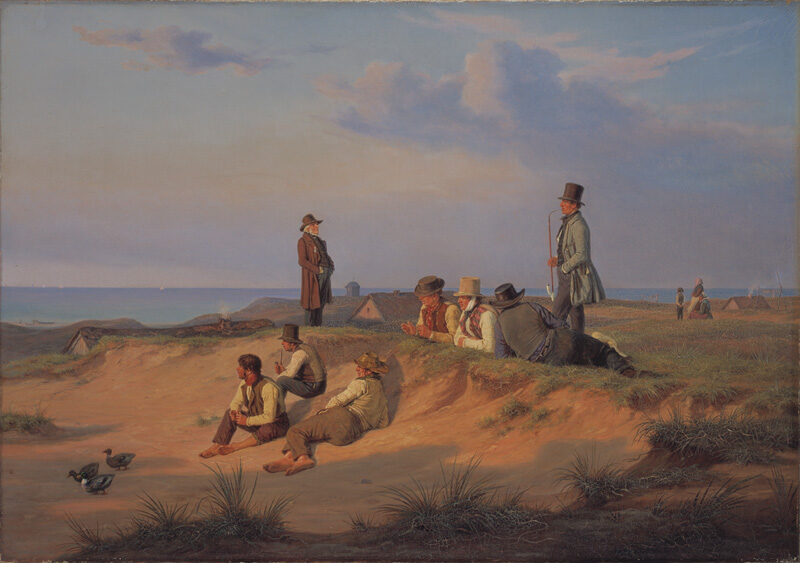
Men of Skagen on a Summer Evening in Fair Weather, 1848
Several museums housing Rørbye’s original works have created virtual tours featuring his paintings alongside contemporaries from the Danish Golden Age. These digital presentations contextualize his work within broader artistic movements.
Online collections provide unprecedented access to Rørbye’s complete body of work, including lesser-known pieces not regularly displayed in physical museums. Educational platforms incorporate his techniques and subjects into interactive learning experiences that connect his historical context to contemporary art appreciation.
Questions fréquemment posées
Martinus Rørbye was a significant Danish painter who contributed greatly to Scandinavian art during the early 19th century. His diverse portfolio and unique perspective continue to intrigue art enthusiasts and historians today.
What is Martinus Rørbye best known for in the world of art?
Martinus Rørbye (1803-1848) is best known for his exceptional genre paintings and landscapes that captured everyday life with remarkable detail and authenticity. His work stands out for combining accurate observation with atmospheric qualities.
Rørbye gained recognition for his travel paintings created during journeys across Europe and the Middle East. These works documented cultures, architecture, and people from Norway to Turkey with both ethnographic precision and artistic sensitivity.
His ability to depict light, particularly Mediterranean light, established him as one of Denmark’s most accomplished painters of his time.
Which period or movement is Martinus Rørbye associated with in art history?
Rørbye was a central figure of the L'âge d'or of Danish painting, which flourished approximately from 1800 to 1850. This period represented a cultural high point in Denmark following the Enlightenment.
The movement emphasized national identity, careful observation of nature, and realism in art. Artists of this period, including Rørbye, focused on creating authentic representations of Danish landscapes and daily life.
Rørbye’s work embodied the movement’s ideals while incorporating influences from his extensive travels throughout Europe and the Middle East.
What are some of Martinus Rørbye’s most significant works?
“View from the Artist’s Window” (1825) demonstrates Rørbye’s talent for intimate, thoughtful compositions and his skilled observation of domestic spaces.
His “Scene from Turkish Coffee House” series showcased his ability to document foreign cultures with both accuracy and artistic sensibility after his travels to Constantinople.
“Norwegian Landscape” (1830) highlighted his skill with Nordic scenes, while “The Prison of Copenhagen” (1831) revealed his interest in social institutions and their inhabitants.
How did Danish culture influence Martinus Rørbye’s artworks?
Denmark’s maritime tradition inspired Rørbye’s many harbor scenes and coastal landscapes, which captured the nation’s deep connection to the sea. These works reflected Danish identity and livelihood.
Copenhagen’s architecture and urban life appeared frequently in his paintings, documenting the capital during a period of significant cultural development.
Danish artistic traditions, particularly the emphasis on clarity, light, and careful observation taught at the Royal Danish Academy of Fine Arts, shaped Rørbye’s methodical approach to painting.
What impact did Martinus Rørbye have on future generations of artists?
Rørbye’s detailed travel paintings established a template for how to document foreign cultures with both accuracy and sensitivity, influencing later Scandinavian travel painters.
His integration of architectural elements with human activity created a distinctive approach to genre painting that inspired Danish artists throughout the 19th century.
Rørbye’s careful draftsmanship and technical precision set standards at the Royal Danish Academy that influenced teaching methods for generations of students.
Can you describe the stylistic characteristics that define Martinus Rørbye’s paintings?
Rørbye’s work features precise draftsmanship and careful attention to architectural details. This reveals his academic training and disciplined approach.
His color palette evolved throughout his career. It began with the cooler tones typical of Nordic paintings before incorporating the warmer Mediterranean light he encountered during his travels.
Rørbye excelled at creating atmospheric qualities in his scenes while maintaining clarity and realism. His compositions often featured everyday people engaged in routine activities. He portrayed them with dignity and cultural context.

